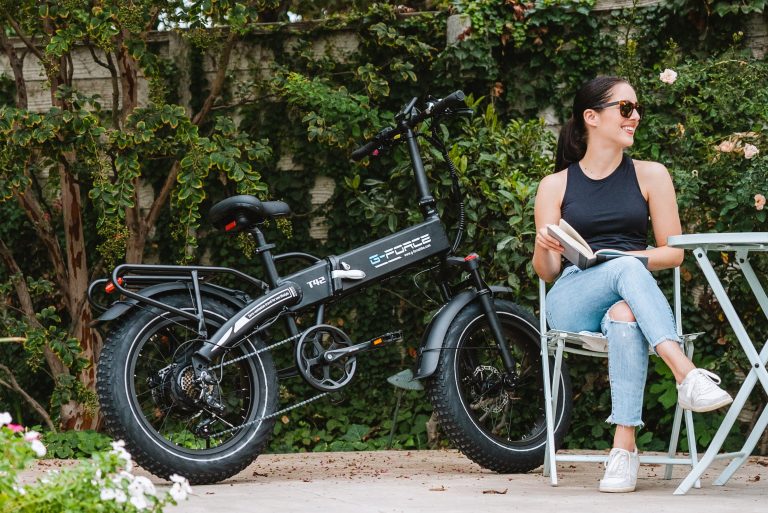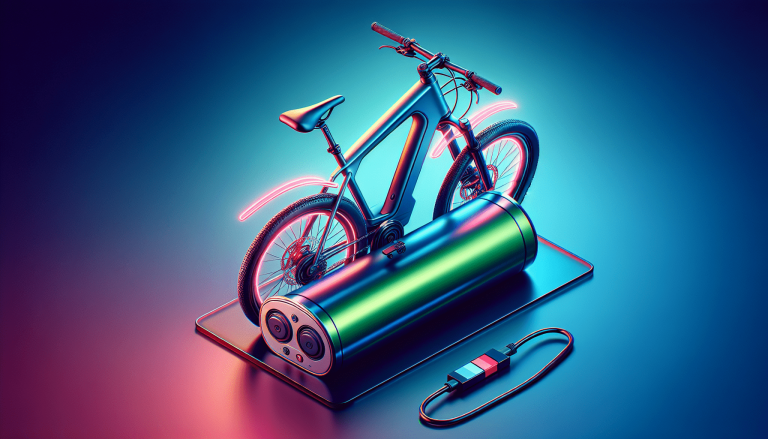How Fast Will A 750 Watt Ebike Go?
Imagine cruising down the streets with the wind in your hair, effortlessly gliding along on an electric bike that is powered by 750 watts. Curiosity piques as you wonder, just how fast can this bike go? In this article, we will explore the thrilling possibilities that a 750 watt ebike can offer, giving you a taste of the speed and adventure that awaits you on your two-wheeled journey.
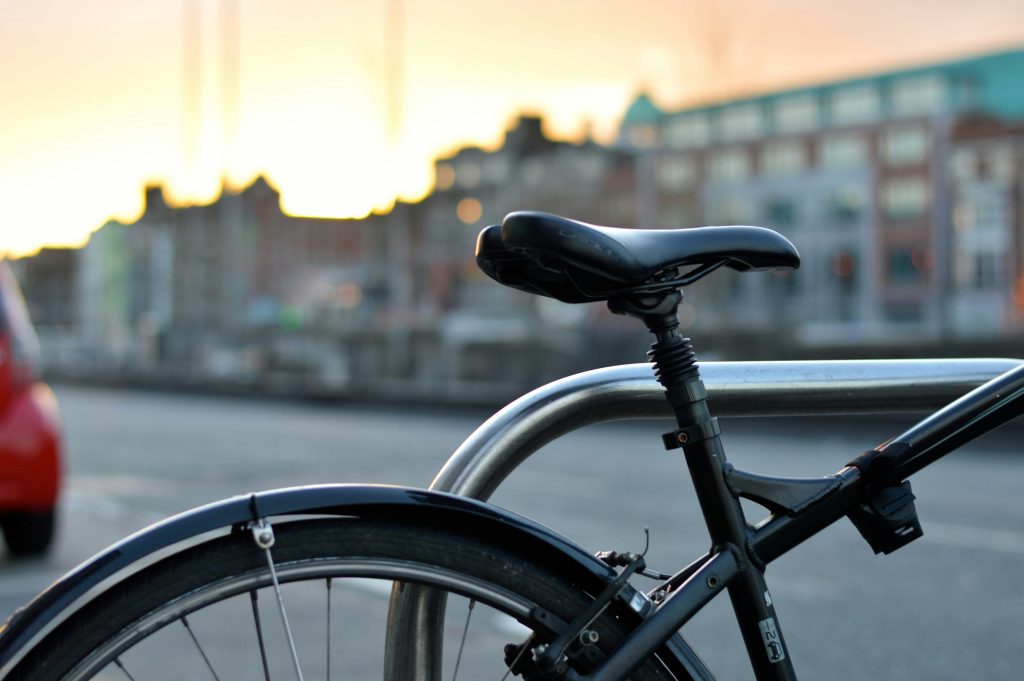
Factors Affecting the Speed of a 750 Watt Ebike
Riding an electric bike, also known as an ebike, can be a thrilling experience. With a 750 watt motor, you have the potential to reach some impressive speeds. However, there are several factors that can affect the speed at which your ebike can travel. Understanding these factors will allow you to make informed decisions and maximize the performance of your 750 watt ebike.
Motor Power
The motor power of your ebike plays a crucial role in determining how fast it can go. A 750 watt motor is relatively powerful and can propel you to higher speeds compared to lower wattage motors. However, it’s important to consider the efficiency and type of motor when assessing its impact on speed.
Efficiency
The efficiency of a motor refers to how effectively it converts electrical power into mechanical power. A more efficient motor will require less energy to achieve the same level of performance, resulting in faster speeds. When choosing an ebike, look for a motor with a high efficiency rating to maximize your speed potential.
Type of Motor
There are various types of motors used in ebikes, such as hub motors and mid-drive motors. Each type has its advantages and disadvantages in terms of speed. Hub motors, for example, provide direct power to the wheels and can produce impressive speeds. On the other hand, mid-drive motors, located at the bike’s crankshaft, offer better torque and control but may have slightly lower top speeds. Consider the type of motor that best suits your riding preferences and speed requirements.
Voltage and Amperage
The voltage and amperage of your ebike’s motor also impact its speed. Higher voltage motors can deliver more power, allowing for faster acceleration and higher top speeds. Similarly, motors with higher amperage can handle heavier loads and provide a boost in speed. It’s important to choose a motor with the appropriate voltage and amperage for your desired speed capabilities.
Motor Assistance Levels
Most ebikes come with different levels of motor assistance, allowing you to adjust the amount of power the motor provides. By increasing the assistance level, you can achieve faster speeds with less effort. However, it’s worth noting that higher assistance levels may consume more battery power, affecting your overall range. Experiment with different assistance levels to find the balance between speed and battery life that suits your needs.
Battery Capacity
The capacity of your ebike’s battery plays a significant role in determining how far and how fast you can ride. Higher-capacity batteries can store more energy, allowing for longer rides and potentially higher speeds. When considering battery capacity, there are a few important factors to consider.
Amp-Hour Rating
The amp-hour (Ah) rating indicates how much energy the battery can store. A higher Ah rating generally means a larger capacity and longer range. With a larger capacity battery, you can sustain higher speeds for longer periods before needing to recharge. Consider opting for a higher Ah rating if you prioritize speed and longer rides.
Voltage
The voltage of your battery affects the power output of the motor. Higher voltage batteries can deliver more power to the motor, enabling faster speeds. It’s important to ensure that the voltage of your battery is compatible with your ebike’s motor. Be sure to check the specifications of both the motor and battery to ensure they are a suitable match.
Battery Chemistry
Different battery chemistries, such as lithium-ion or nickel-based batteries, have varying energy densities and discharge rates. Lithium-ion batteries are commonly used in ebikes due to their high energy density and ability to deliver constant power. Consider opting for a lithium-ion battery if speed is a priority, as they offer excellent performance and reliability.
Battery Management System
A battery management system (BMS) is responsible for monitoring the battery’s performance and protecting it from damage. An efficient BMS can help optimize battery performance, ensuring you get the most out of your battery’s capacity. Consider investing in an ebike with a high-quality BMS to maximize both speed and battery life.
Rider Weight
Your weight as the rider of an ebike can have a significant impact on its speed capabilities. Heavier riders may experience some limitations when it comes to achieving top speeds.
Effect on Acceleration
Heavier riders may experience slightly slower acceleration compared to lighter riders. The additional weight requires more energy from the motor to propel the bike forward, which can result in slightly slower initial acceleration. However, once the bike is in motion, the impact of rider weight on speed becomes less noticeable.
Effect on Maximum Speed
Heavier riders may experience a slight reduction in maximum speed compared to lighter riders. Due to the increased load on the motor and the additional resistance caused by the rider’s weight, the motor may struggle to reach its full potential in terms of speed. However, the impact of rider weight on maximum speed is typically minimal and may only be noticeable in extreme cases.

Terrain
The type of terrain you ride on can significantly affect the speed of your 750 watt ebike. Different terrains present unique challenges and opportunities for speed.
Effect on Speed
Riding on flat, smooth surfaces such as paved roads or bike paths allows for faster speeds due to lower resistance. The lack of inclines or obstacles allows the motor to operate at its maximum potential, resulting in higher speeds. On the other hand, riding on hilly or off-road terrains with steep inclines can slow down your ebike as the motor works harder to overcome the added resistance.
Effect on Battery Consumption
Riding on challenging terrains such as steep hills or rough trails can increase the energy consumption of your ebike. The motor has to work harder to maintain the desired speed, putting additional strain on the battery. As a result, your overall range may be reduced, and you may need to recharge sooner. Take terrain into account when planning your rides to ensure you have enough battery power to maintain your desired speed.
Wind Conditions
Wind conditions can have a noticeable impact on the speed of your 750 watt ebike. The direction and strength of the wind play a significant role in determining how fast you can ride.
Headwind vs. Tailwind
Headwinds, or winds blowing against your direction of travel, can significantly reduce your speed. The resistance created by the wind force requires more power from the motor to maintain the same speed, potentially reducing your overall speed. Conversely, tailwinds, or winds blowing in the same direction as your travel, can provide a helpful boost and increase your speed without requiring additional effort.
Effect on Speed
Strong headwinds can result in a noticeable decrease in speed, even with a powerful 750 watt motor. The increased resistance against the bike and rider forces the motor to work harder to maintain the desired speed. On the other hand, favorable tailwinds can provide a significant increase in speed, allowing you to reach higher velocities without exerting additional effort.
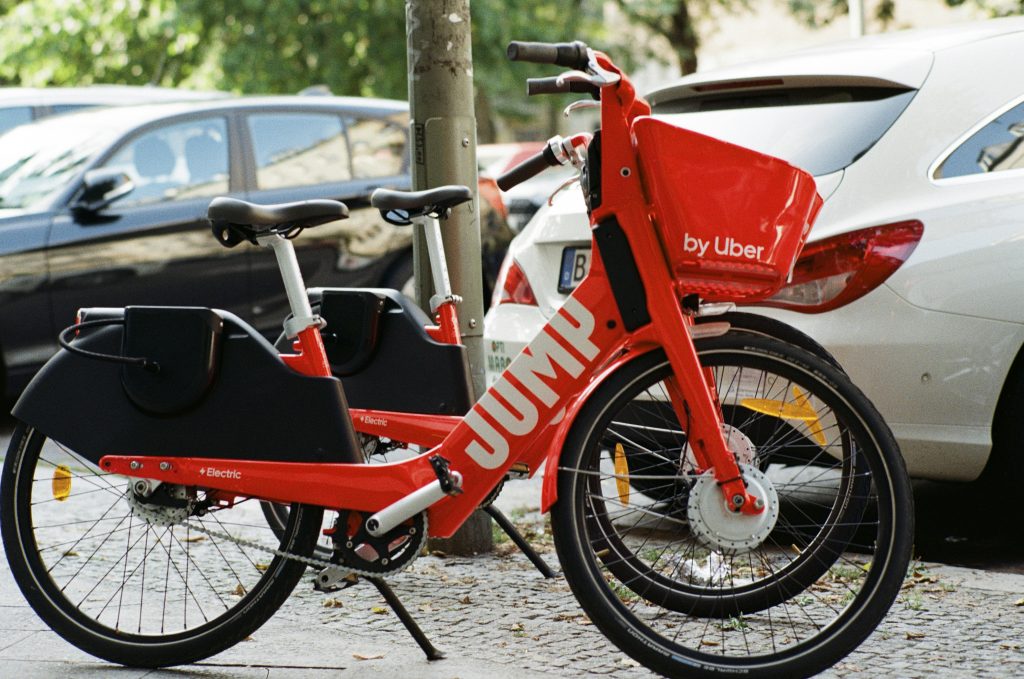
Bike Weight
The weight of your ebike itself can have an impact on speed. Heavier bikes may experience slightly slower acceleration and lower top speeds compared to lighter models.
Effect on Acceleration
Heavier bikes require more energy from the motor to overcome their own weight and accelerate. As a result, you may experience slightly slower acceleration compared to lighter bikes. The additional weight can also affect the bike’s overall handling and maneuverability. However, once the bike is in motion, the impact of bike weight on speed becomes less significant.
Effect on Maximum Speed
Similar to rider weight, bike weight can have a slight impact on maximum speed. The additional weight places increased strain on the motor, potentially limiting its ability to reach its full speed potential. However, the impact of bike weight on maximum speed is typically minimal and may only be noticeable in extreme cases.
Tire Type and Pressure
The type of tires and their pressure can affect the speed and overall performance of your 750 watt ebike. Consider the following factors related to tire selection:
Rolling Resistance
Tires with lower rolling resistance result in faster speeds. The lower the rolling resistance, the less power your motor needs to maintain a specific speed. Opting for high-quality, puncture-resistant tires designed for efficiency can help minimize rolling resistance and improve your speed.
Grip
While grip is an essential consideration for safety, overly grippy tires can increase rolling resistance and impact your ebike’s speed. Strike a balance between grip and efficiency to ensure optimal performance.
Effect on Speed
The type and pressure of your tires can have a noticeable impact on your ebike’s speed. Tires with lower rolling resistance and suitable pressure can help you achieve higher speeds with less energy expenditure. Experiment with different tire options to find the right combination of grip and speed for your riding style.
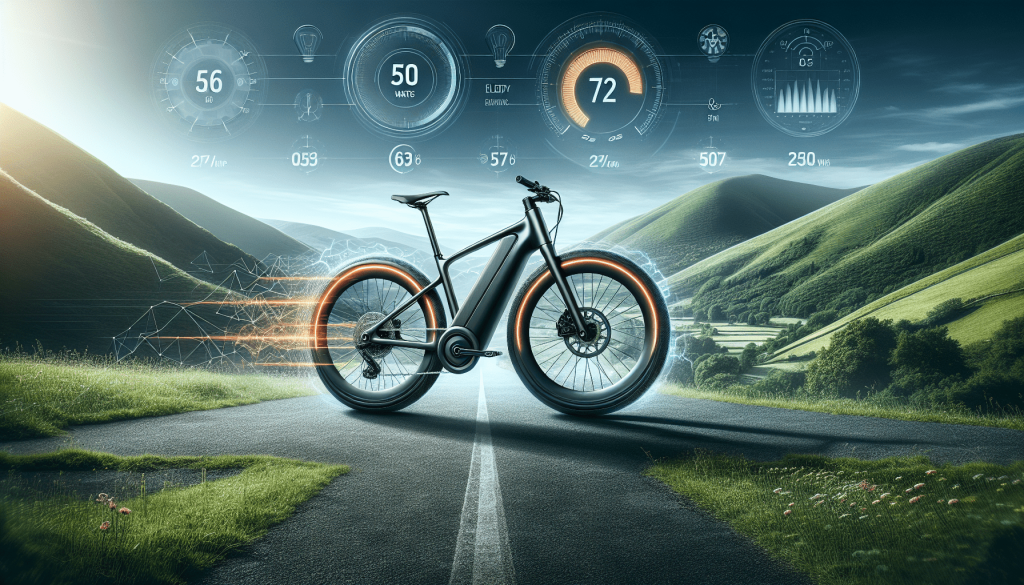
Gearing
The gearing of your ebike plays a significant role in determining its speed capabilities. Effective gearing can help optimize power transfer and increase overall speed.
Gear Ratio
The gear ratio determines the relationship between the number of teeth on the crankset (attached to the pedals) and the rear cassette (attached to the rear wheel). By adjusting the gear ratio, you can optimize power transfer and adjust your bike’s speed. Higher gear ratios can provide faster speeds but may require more effort to pedal. Conversely, lower gear ratios offer easier pedaling but may result in slower speeds.
Cadence
Cadence refers to the speed at which you pedal. A higher cadence generally results in higher speeds, as it allows you to generate more power and maintain a smooth pedaling motion. Finding the optimal cadence for your desired speed and power output can help maximize the performance of your 750 watt ebike.
Effect on Speed
Choosing the right gear ratio and maintaining an appropriate cadence can significantly impact your ebike’s speed. By selecting higher gear ratios and pedaling at a comfortable cadence, you can achieve faster speeds with less effort. Experiment with different gear combinations to find the setup that works best for you.
Aerodynamics
Aerodynamics refers to how the ebike and rider interact with the air while in motion. Improved aerodynamics can help reduce wind resistance and increase your speed.
Body Position
Maintaining a streamlined body position while riding can reduce wind resistance and improve your speed. Avoiding unnecessary drag, such as protruding limbs or loose clothing, can make a noticeable difference in your ebike’s performance. Keeping a low profile, bending your elbows, and tucking in your knees can all contribute to improved aerodynamics.
Bike Design
Some ebike models are specifically designed to prioritize speed and aerodynamics. These models often feature sleek frames and components designed to minimize wind resistance. Consider opting for an ebike with a design that prioritizes aerodynamics if speed is your main focus.
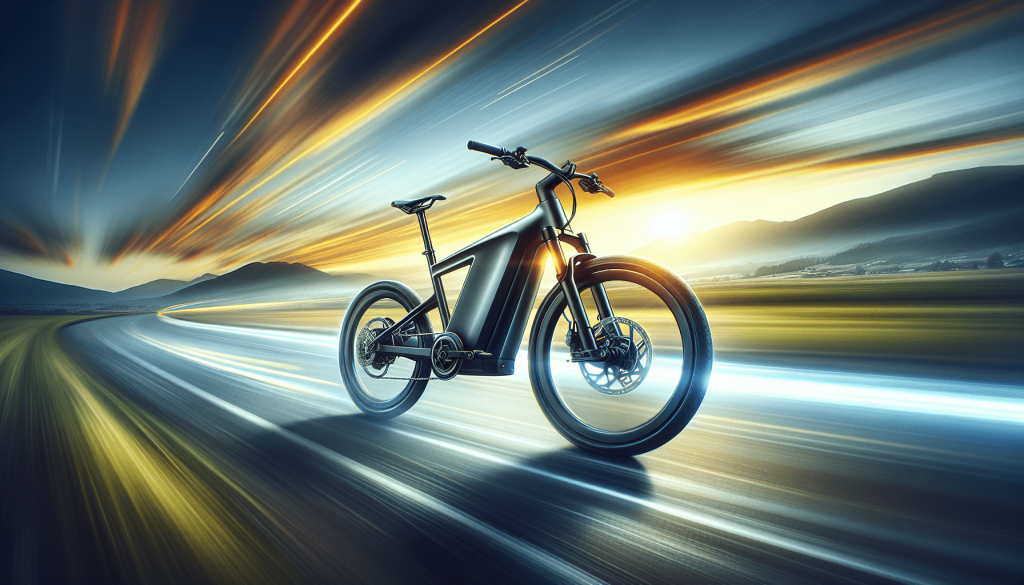
Riding Style
Your riding style can influence the speed at which your 750 watt ebike can travel. When it comes to electric bikes, there are generally two main riding styles to consider: pedal assist and throttle-only.
Pedal Assist
Pedal assist mode allows you to pedal while receiving varying levels of assistance from the motor. By combining your pedaling power with the motor’s assistance, you can achieve faster speeds. Pedal assist mode is generally more efficient and offers a longer range compared to throttle-only mode. Experiment with different pedal assist levels to find the balance between speed and effort that suits your preferences.
Throttle Only
In throttle-only mode, you can rely solely on the motor to propel the bike without any pedaling effort. While this mode can offer instant acceleration and convenience, it may result in slightly lower speeds compared to pedal assist mode. The reliance on motor power alone can drain the battery more quickly and limit the overall range. Throttle-only mode is ideal for situations where you need a quick burst of speed or when you want to take a break from pedaling.
Conclusion
When considering the speed capabilities of a 750 watt ebike, it’s essential to take into account various factors that can affect performance. The motor power, battery capacity, rider weight, terrain, wind conditions, bike weight, tire type and pressure, gearing, aerodynamics, and riding style all play a role in determining how fast an ebike can go. By understanding these factors and making informed choices, you can maximize the speed potential of your 750 watt ebike and enjoy the exhilarating experience it offers.


